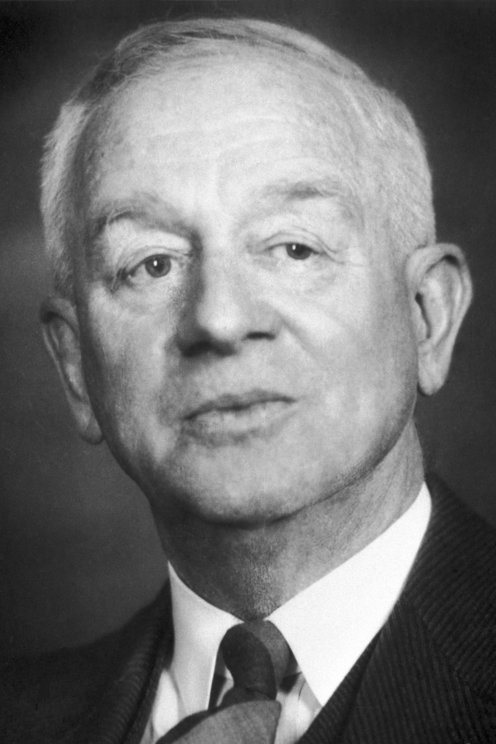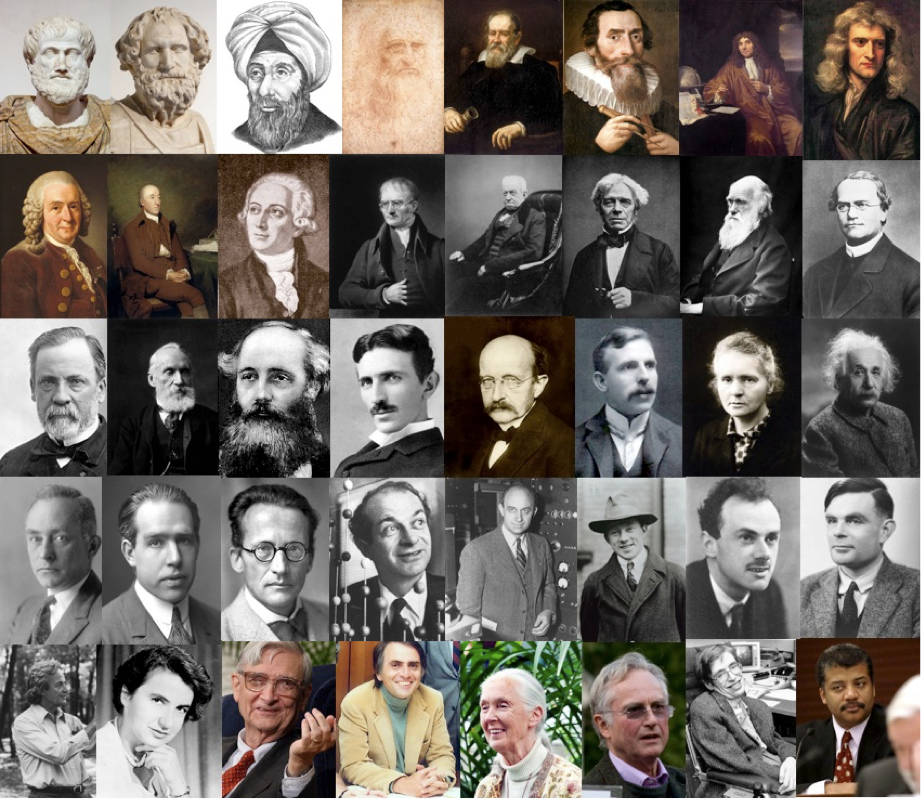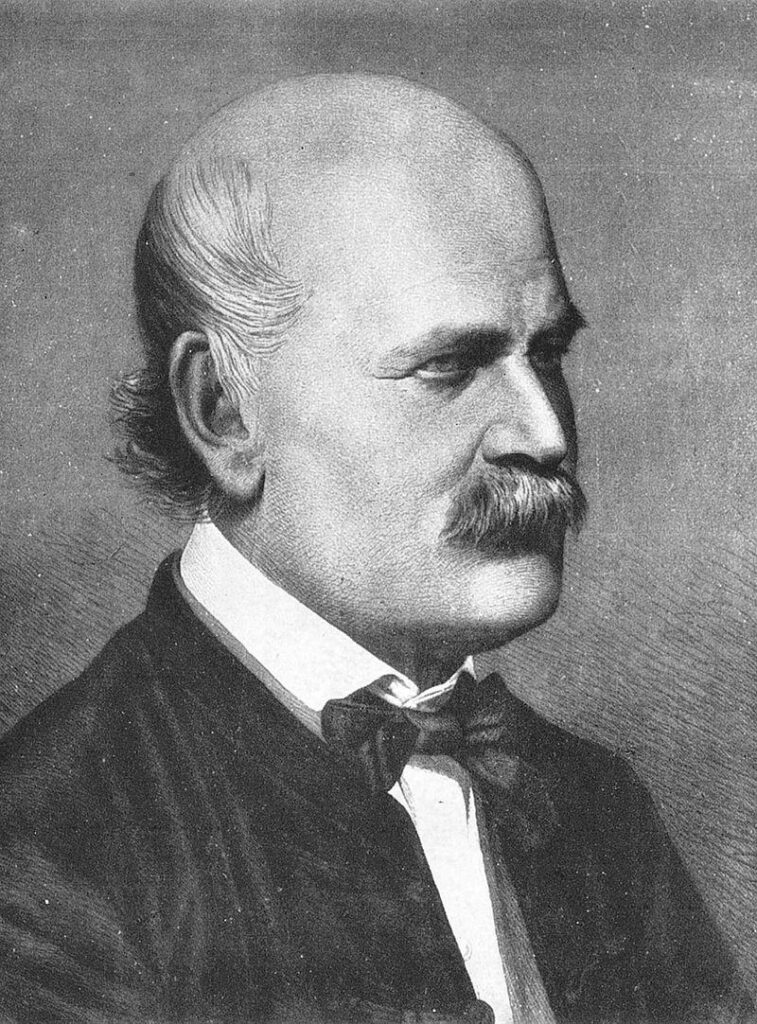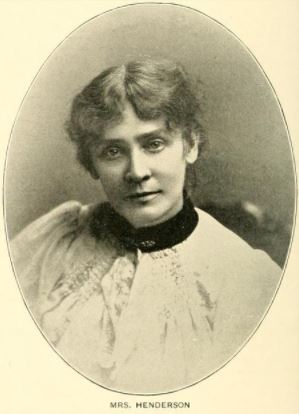If you haven’t read ‘Part-1’, head on to here!
Ignaz Semmelweis – Hand Washing saves lives
This is a poor doctor’s anonymous but factual belief.
Ignaz Semmelweis, who was an obstetrician, (a doctor specializing in childbirth), noticed that women whom were about to deliver a baby died of no reason in his hospital.
Doctors had a routine of attending women in childbirth after examining diseased corpses in the mortuary without washing their hands. In the next months, one third women in the birthing ward were dying! Over years, the doctor uncovered to the world that when they (doctors) washed their hands before examining or treating patients, the mortality rate for women in his birthing ward in Vienna, Austria, was greatly reduced.
Semmelweis couldn’t get the reason behind insisting hand-wash, as he had no idea about germs; He just saw that handwashing before treating them helped patients to not go ill. This was first made mandatory by him in 1847, but doctors from other hospitals opposed and disgruntled him. And in 1865, Semmelweis had become clinically depressed when his work was rejected and he started behaving oddly. He was pushed into a trap by another doctor, that costed his life in 1865.
After his death, hospital continued in its old way, discarding his ‘crazy’ ideas. Mortality rates increased by a factor of six, but nobody cared.
It was not until the 1980s, when a string of foodborne outbreaks and healthcare-associated infections led to public concern that the United States Centers for Disease Control and Prevention identified hand hygiene as an important way to prevent the spread of infection.
Gregor Mendel – Genetic Inheritance

You probably remember Gregor Mendel from your elementary school science class. Known as the father of modern genetics, Mendel was a Moravian Augustinian friar who dabbled in crossbreeding of pea plants during his spare time. Though he may not necessarily have been considered a complete lunatic during his time, he wasn’t exactly well-known or respected for his experiments, either.
Mendel’s garden pea plants, which helped him come up with the words “recessive” and “dominant” in reference to genes, were largely kept to himself and not fully accepted until after his death. In the past, scientists had believed that traits were passed down to next generations through blending inheritance, in which they’re averaged and mixed together. Mendel died in 1884, but it wasn’t until several decades later — at the beginning of the 20th century — that his ideas came to be known as modern genetics.
Francis Peyton Rous – Viruses causes cancer

Francis Peyton Rous was a pathologist who discovered that certain viruses may play a role in the development of particular kinds of cancer. In 1911, while he was working at Rockefeller University in New York City, Rous noted that a sarcoma growing on a chicken could be transmitted to healthy chickens through a cell-free extract injection of chicken tumor. His findings were largely discredited, however, and he didn’t get rewarded for his work until over 50 years later, when he was given the Nobel Prize in Physiology or Medicine in 1966.
Rous’ early research on transmissible sarcomas “set in motion an entirely new way to study cancer; that is, through viruses,” a PLOS Blog states. “Although about 20 percent of human cancers are now thought to be transmissible through viruses, for the most part virus-caused cancers are confined to other animals. … However, the understanding that viruses can somehow carry cancer from one animal to another provided science a model with which to unravel how the transformation from normal to cancerous happens again.”
Eunice Foote – Greenhouse effect
Irish physicist John Tyndall is usually credited with discovering the greenhouse effect, publishing results in 1859 that demonstrated that gases such as carbonic acid trapped heat, and that this effect could and did take place in the Earth’s atmosphere, contributing to a changing climate over time. But his publication came three years after Eunice Foote presented a paper at the annual meeting of the American Association for the Advancement of Science, which similarly demonstrated the effect of the sun’s rays on different gases, also including carbonic acid, and similarly theorizing that this had taken place in the Earth’s atmosphere to affect its climate. As a woman, Foote had not been permitted to read her own paper; it was read for her by Professor Joseph Henry of the Smithsonian Institution, who started by protesting that science should not discriminate on the grounds of gender. But it was nonetheless the case that Foote’s paper was not widely published and after its reading, she vanished into obscurity.
Alfred Wegener – Continental drift

Alfred Wegener proposed that Earth’s continents move very slowly. Over millions of years they can move a long way. Between 1912 and 1929 he published a stream of fossil and rock evidence to support his theory. He died on an expedition to Greenland in 1930.
Wegener’s theory of continental drift was rejected by most other scientists during his lifetime. It was only in the 1960s that continental drift finally became part of mainstream science.
Part-1 is here! Don’t miss it out😉!
References:
- https://globalhandwashing.org/about-handwashing/history-of-handwashing/
- https://www.famousscientists.org/7-scientists-whose-ideas-were-rejected-during-their-lifetimes/
- https://www.oxford-royale.com/articles/9-scientists-didnt-get-credit-deserved/
- https://www.medicaldaily.com/mad-scientist-6-scientists-who-were-dismissed-crazy-only-be-proven-right-years-later-362010










